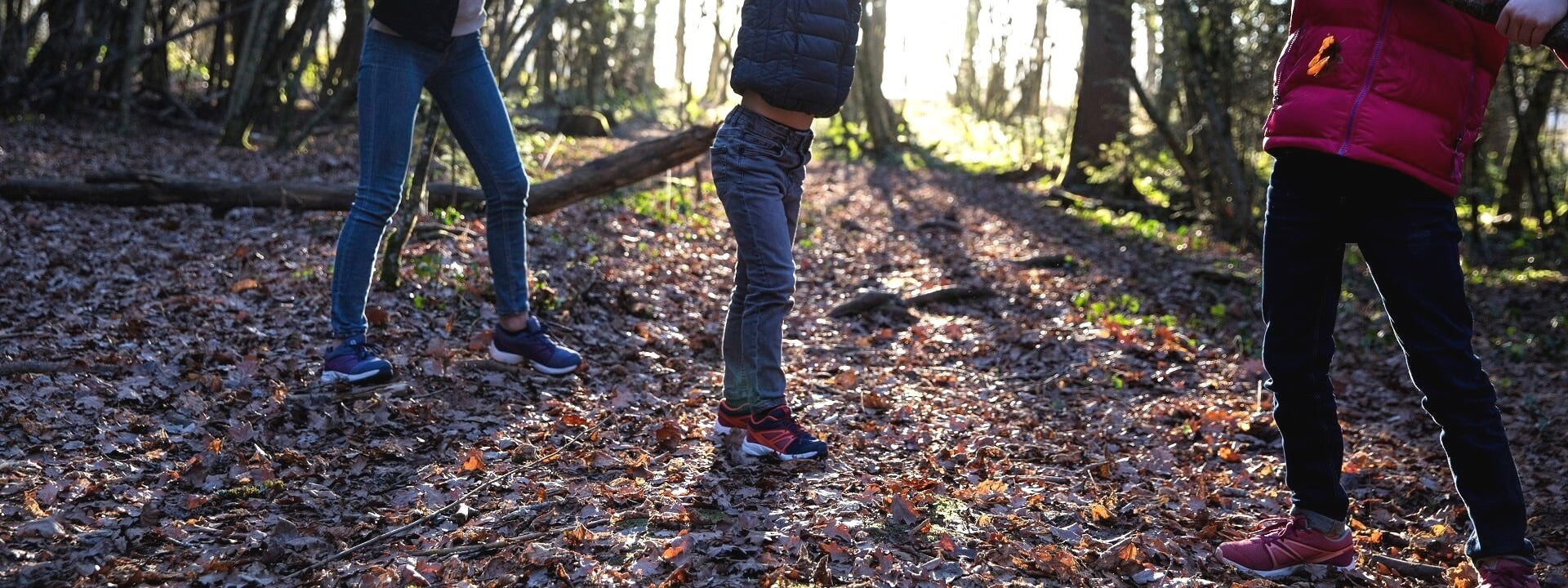HOW TO PROPERLY ADJUST YOUR BACKPACK
Choosing the right backpack is essential but loading it and adjusting it correctly is just as important. At the end of the day, even the best backpack is going to be uncomfortable if it doesn’t fit well. Here are six tips to help you dial in the ideal fit.
1. LOOSEN ALL THE STRAPS AND LOAD YOUR PACK
First thing: loosen the shoulder straps, the hipbelt, the chest strap if there is one, and all the compression straps and load lifters on your pack.
Then load the pack with your usual hiking gear. If you are trying out the pack in a store add some weight in the pack to simulate a load.
2. FASTEN THE HIPBELT AT HIP LEVEL
The weight of your pack should be distributed comfortably between your pelvis, lower back and shoulders. Start by putting your pack on and tightening the hipbelt at hip level, just above your glutes.
Some packs feature small load lifters at the base of the waist belt. Remember to tighten them to stabilize your pack.
--- Our hiking backpacks for WOMEN
--- Our hiking backpacks for MEN
3. ADJUST THE SHOULDER STRAPS
Once your backpack’s hipbelt has been adjusted, tighten the shoulder straps until you feel a balanced, comfortable weight distribution between your upper and lower back.
Adjust the torso length. If the length of your pack is adjustable – a feature that’s found most often in large volume packs for trekking and traveling – adjust the length so that the tops of the shoulder straps fit to the shape of your shoulders. If the length of the pack is too long, the shoulder straps won’t rest on your shoulders and all the weight of the pack will ride on your hips. On the other hand, a backpack that’s too short will be uncomfortable because the weight will ride on your shoulders.


4. ADJUST THE CHEST STRAP
Most hiking backpacks are equipped with a chest strap (called the sternum strap) that connects the two shoulder straps. If it’s possible to adjust the height of the chest strap, we recommend you position it at the top of your chest. Tighten the chest strap to position the shoulder straps comfortably and to snug your backpack to your back without restricting your breathing.
--- Our hiking backpacks for WOMEN
--- Our hiking backpacks for MEN
5. TIGHTEN THE LOAD LIFTERS
Your backpack might be equipped with two small straps located at the top of the shoulder straps. These are the load lifters. Tighten them to pull the top of your backpack closer to your body, which will make the pack more comfortable and stabilize the load by keeping the top from swaying.
Located behind the shoulders, these straps are not always easy to find so don’t hesitate to ask someone to help guide your hands to them.
6. TIGHTEN THE COMPRESSION STRAPS
Once the shoulder straps and hipbelt have been adjusted, take off the pack and tighten all the compression straps. Be careful not to overtighten the straps or you might damage the contents inside the pack. By compressing the load, you’ll stabilize your gear and keep it from swaying.
If your pack has a top flap pocket, close it tight. Make sure all the other pockets are also tightly closed. If you attach any gear – like trekking poles or a water bottle – to the outside of the pack, make sure they are cinched down and don’t move. Anything swinging around on your pack will get really annoying during your hike.
There you go! Your pack is now properly adjusted and you’re ready to fully enjoy your hike!
OUR HIKING BACKPACKS FOR WOMEN
Keep in mind that in order to protect your back and joints you should limit your load to no more than 25% of your weight (10 – 15% for kids). If you tend to take too much gear with you, we suggest you read this article: Hiking gear: What to bring? Take only the essentials! ;-)




